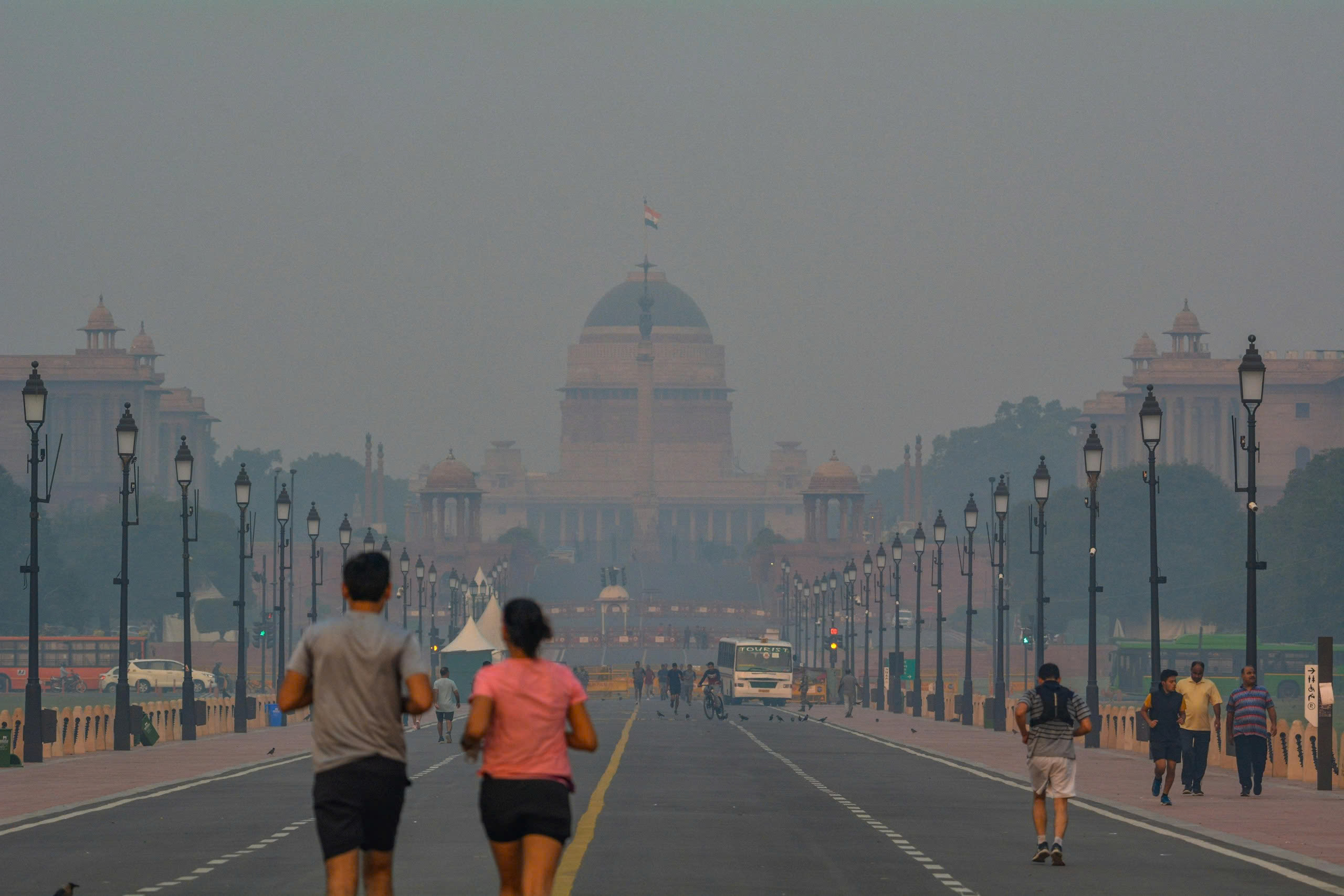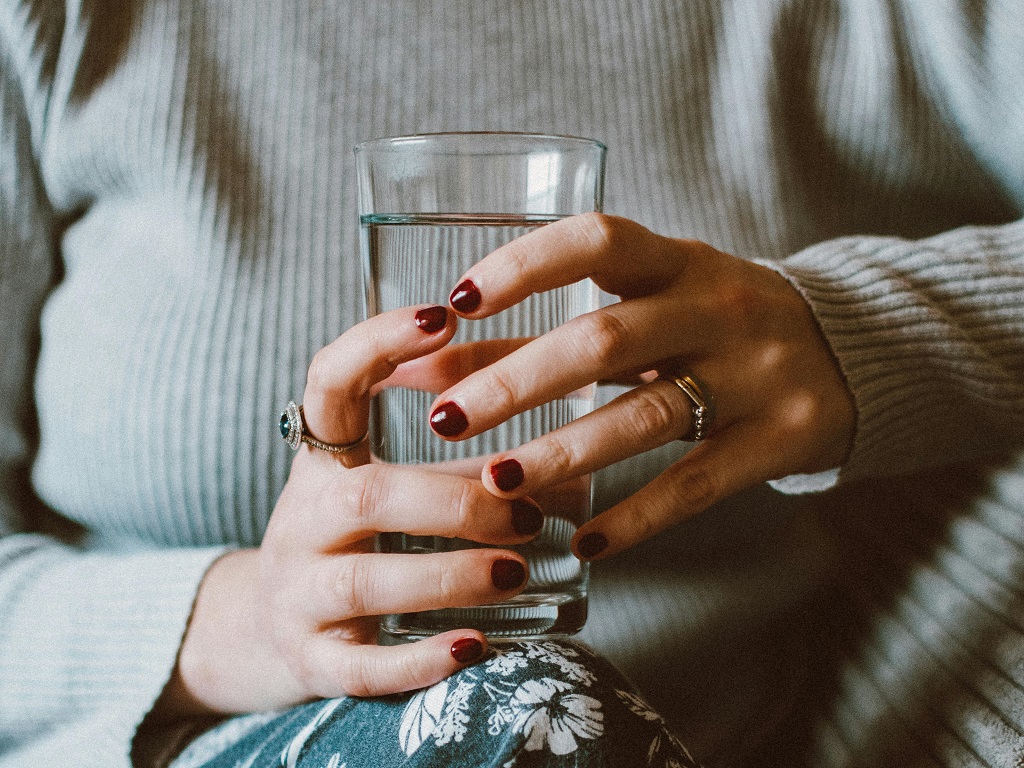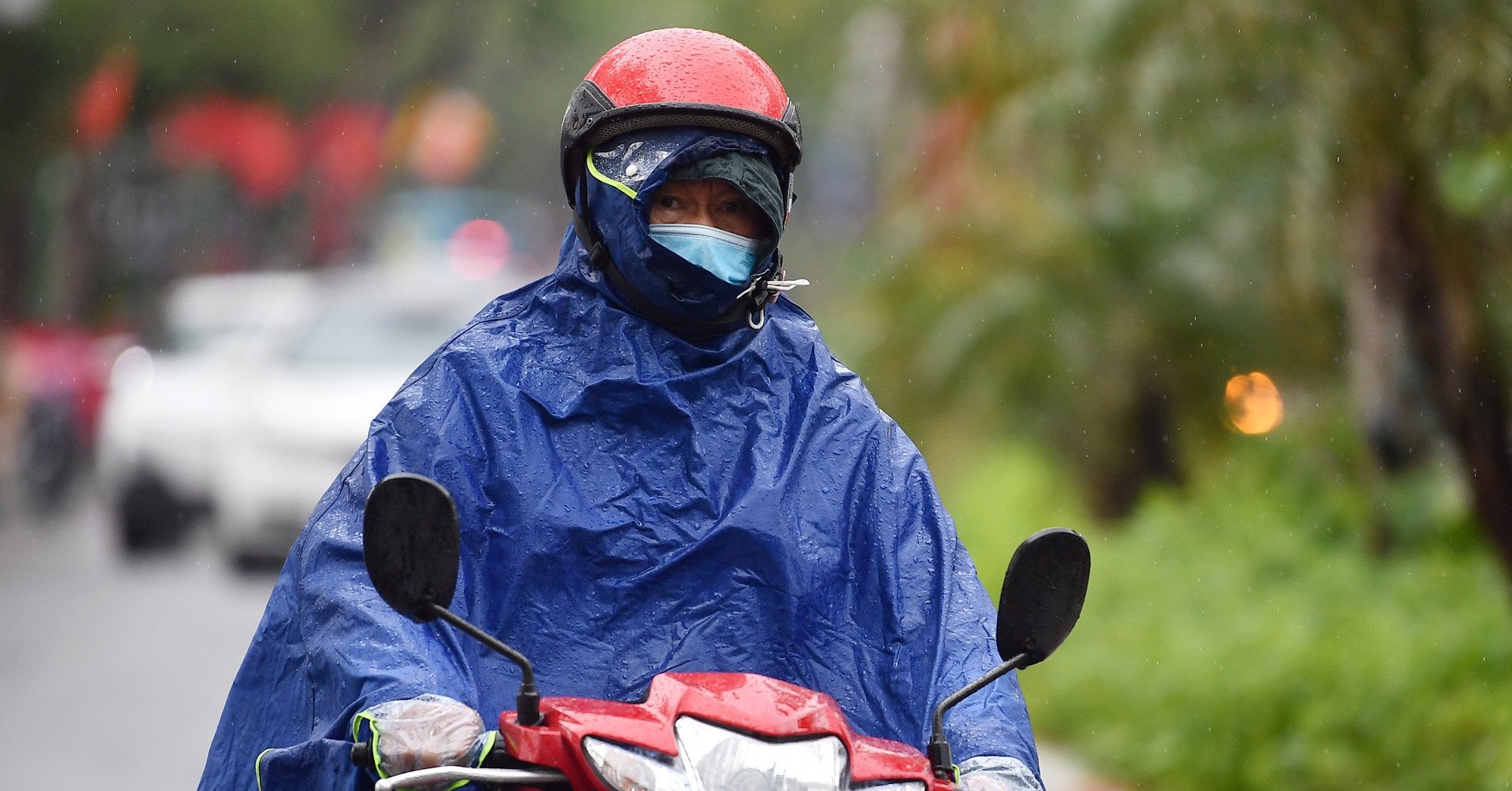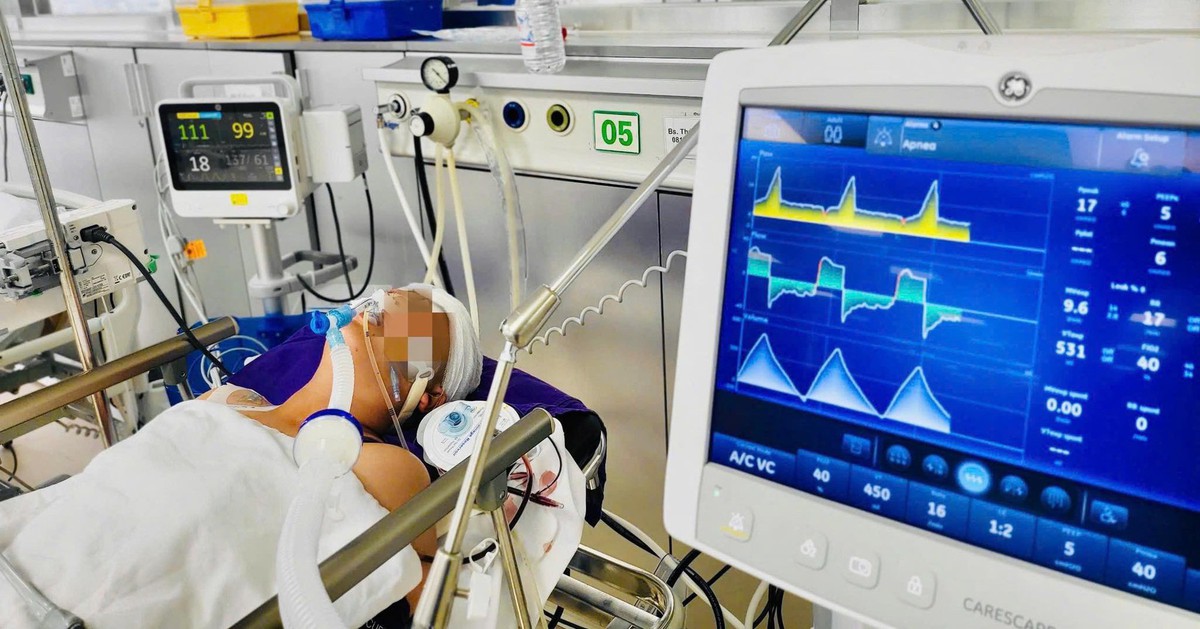'During these days of heavy air pollution, many people wonder when is the best time to go for a walk?'. Start your day with health news to see more of this article!
Start your day with health news , readers can also read more articles: The weather turns cold, habits to avoid because they can harm the kidneys; 4 scientifically proven exercises to effectively relieve chronic pain ; Common signs when the body is anemic...
Air Pollution: When is the Best Time to Walk?
On days when the air is heavily polluted, many people wonder when is the best time to walk?
To answer this question, Dr. Shrey Kumar Srivastava, senior consultant at Sharda Hospital - Delhi (India) will point out the best time to walk every day, especially when the air quality is poor.

On days when air quality is poor, it is best to walk early in the morning or late at night.
Traffic, weather and industrial activities with particulate matter, NO2 and other pollutants in the air can pose serious health risks, especially to vulnerable populations such as children, the elderly and people with underlying medical conditions.
So, how should we walk to avoid the harmful effects of air pollution?
Studies have shown that exercise can reduce some of the negative effects of pollution. For example, a 2021 study published in the Journal of the National Institutes of Health found that exercising in a less polluted environment can significantly improve cardiovascular health. Another study published in another scientific journal, Science Direct, highlighted that exercising indoors on days with poor air quality is a safer option for maintaining health.
Dr Srivastava suggests: On days when the air is polluted, it is best to walk early in the morning or late at night . The next content of this article will be on the health page on December 7.
When the weather turns cold, habits to avoid can damage the kidneys
When the weather gets cold, people feel less thirsty. This causes many people to drink less water. However, this habit can increase the risk of kidney stones.
In fact, winter sees an increase in hospital admissions for kidney stones. This is because lower temperatures make people less likely to drink water. As a result, urine becomes more concentrated, making it easier for minerals in the urine to form kidney stones.

People tend to drink less water in winter and this is a factor that contributes to increased risk of kidney stones.
In addition, low temperatures also make people tend to exercise and move less. This condition causes poor blood circulation and increases the risk of minerals in the urine precipitating into stones. Cold, dry winter air also makes the body more susceptible to dehydration and contributes to more concentrated urine.
A study by the US National Library of Medicine found that urinary calcium levels tend to be higher in the winter. This is true for both men and women. Experts explain that in the winter, the amount of sunlight reaching the ground decreases. Skin is less exposed to sunlight, so vitamin D levels in the blood decrease.
Vitamin D helps calcium from the intestines to be absorbed into the blood. Because of a lack of vitamin D, the body will mobilize calcium reserves from the bones. This results in increased calcium levels in the blood.
To prevent kidney stones in winter, experts recommend that people drink at least 2 liters of water per day. People with a history of kidney stones should drink at least 3 liters per day. The following content of this article will be on the health page on December 7.
Common signs of anemia
Anemia is a fairly common health condition that occurs when the body doesn't produce enough red blood cells or when red blood cells don't function properly.
Red blood cells play an important role in transporting oxygen to cells, helping the body maintain vital functions.
People with anemia often feel tired and weak, especially when doing physical activities. In addition, they may experience other symptoms such as pale skin, dizziness, shortness of breath, rapid heartbeat, and headaches.

Dizziness and lightheadedness are common symptoms in people with anemia.
Anemia if not treated promptly can cause many dangerous complications.
It is important to recognize the early signs of anemia and see a doctor for prompt diagnosis and treatment.
The World Health Organization (WHO) has pointed out some common signs of anemia.
Dizziness and lightheadedness. Feeling dizzy and lightheaded is one of the most common symptoms in people with anemia.
This condition can occur frequently or suddenly. When the body is anemic, the amount of oxygen supplied to the brain is reduced, causing symptoms such as dizziness, lightheadedness, and even fainting.
Cold hands and feet. Red blood cells in our body are not only responsible for the normal functioning of the body and organs but also help maintain normal body temperature.
When the number of red blood cells decreases, the process of transporting oxygen and keeping the body warm is affected, leading to a condition where the hands and feet always feel cold. Start your day with health news to see more content of this article!
Source: https://thanhnien.vn/ngay-moi-voi-tin-tuc-suc-khoe-o-nhiem-khong-khi-tap-the-duc-nhu-the-nao-185241206232352929.htm




![[Photo] Looking back at the impressive moments of the Vietnamese rescue team in Myanmar](https://vstatic.vietnam.vn/vietnam/resource/IMAGE/2025/4/11/5623ca902a934e19b604c718265249d0)


![[Photo] "Beauties" participate in the parade rehearsal at Bien Hoa airport](https://vstatic.vietnam.vn/vietnam/resource/IMAGE/2025/4/11/155502af3384431e918de0e2e585d13a)





















![[Photo] Summary of parade practice in preparation for the April 30th celebration](https://vstatic.vietnam.vn/vietnam/resource/IMAGE/2025/4/11/78cfee0f2cc045b387ff1a4362b5950f)




























































Comment (0)